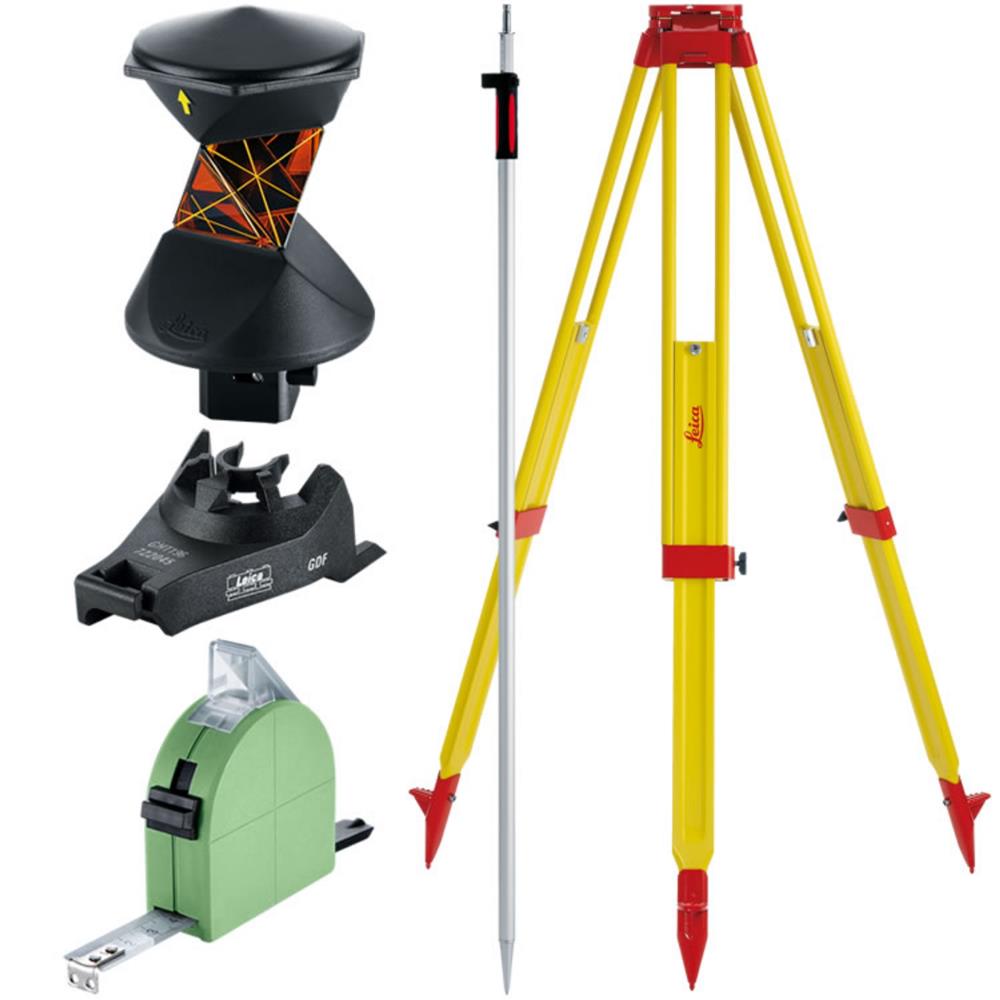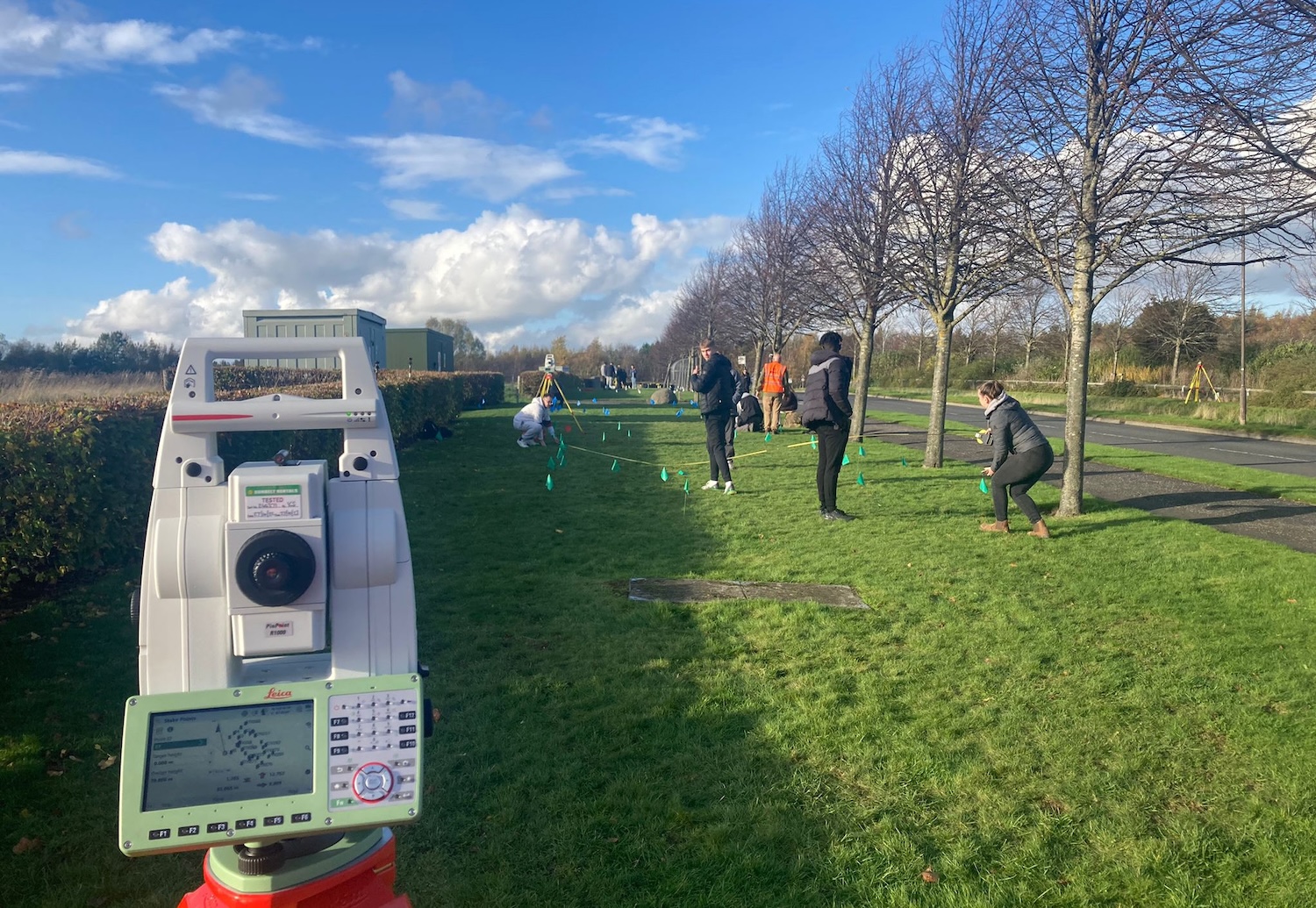
Choosing the Right Tripod for Your Survey Equipment
Choosing the right tripod can make or break your survey accuracy. We break down the best materials, head types, and weight options for every environment.
While it may seem like a simple piece of equipment, the tripod is the foundation of accurate surveying. Whether you're working with a total station, GNSS receiver, or a laser level, the tripod you use can significantly influence your results, and an unstable or unsuitable tripod can lead to measurement errors and a lot of wasted time.
In this guide, we'll break down everything you need to know about choosing the right tripod for your survey equipment. We’ll take a look at tripod material, head types, and weight and discuss how each factor affects accuracy, portability, and performance.
Plus, we’ll answer common questions that surveyors may ask before investing in new gear.
Why Does Choosing The Right Tripod For Your Survey Equipment Matter?
Surveying demands precision, and even minor instability in your setup can throw off critical measurements.
A high-quality tripod holds your instrument steady over time, dampens vibrations, for example, from wind or traffic, and preserves a consistent level despite changes in terrain or environment.
When it comes to tripods for survey equipment, there’s no such thing as ‘one-size-fits-all’. The right choice for you will depend on factors including your environment, instrument type, and mobility needs.
Tripod Material: Balance Stability with Portability
Material is one of the most critical factors in choosing a tripod for survey equipment. What your tripod is made of will determine its durability, weight, and resistance to vibration or movement.
Here are some of the more common materials used:
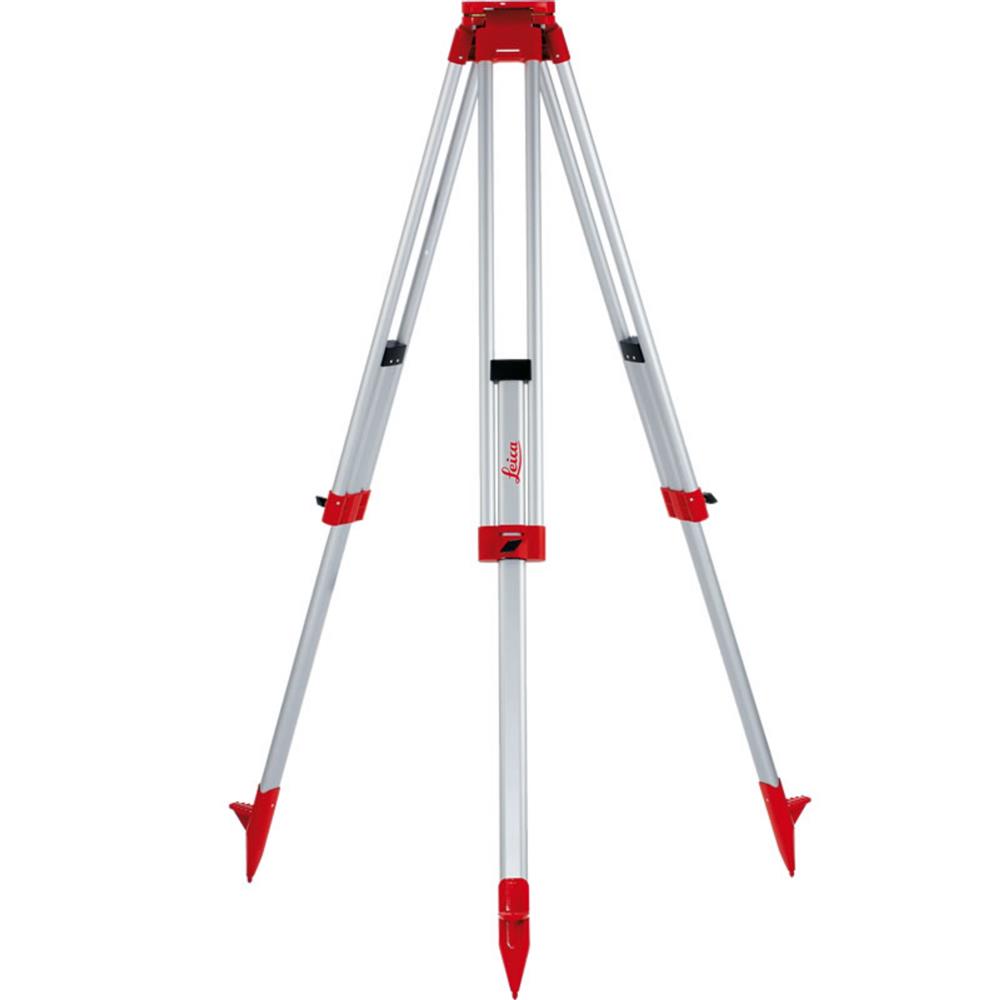 | 1. AluminiumLightweight and corrosion-resistant, aluminium is ideal for surveyors on the go.
|
2. WoodLong considered the gold standard for precision, wooden tripods absorb vibrations better than metal. They’re sturdy and less likely to be damaged when tossed into the back of a work vehicle.
| 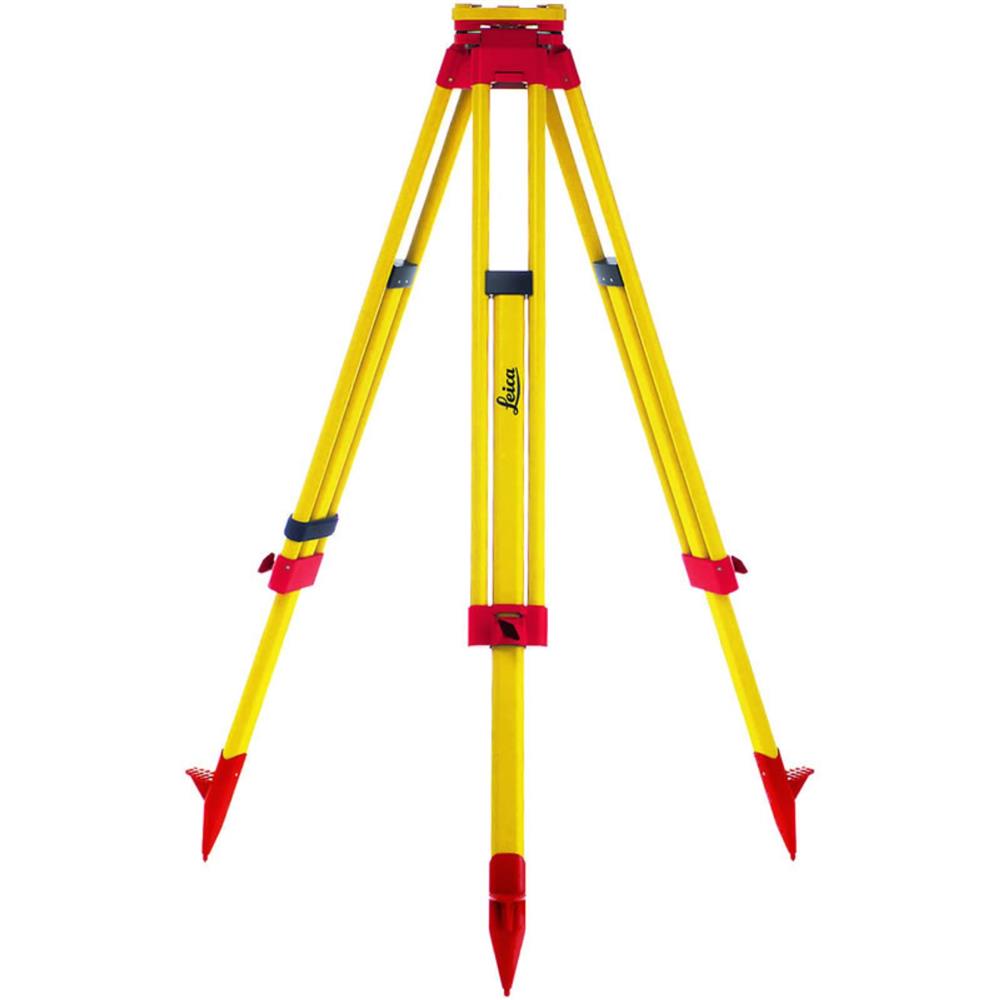 |
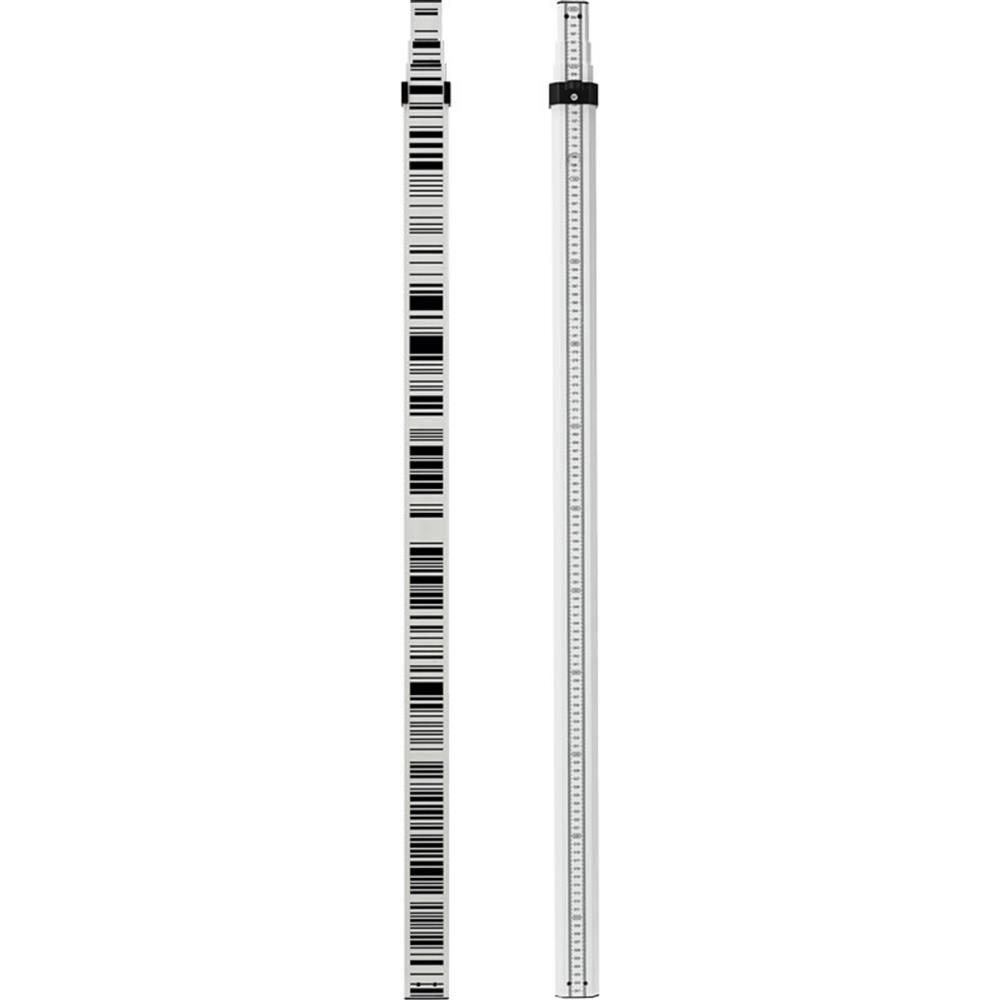 | 3. FibreglassOffering a strong middle ground, fibreglass is durable, weather-resistant, and relatively lightweight.
We typically prefer Wood or Aluminium for our Tripods, but we find that Fibreglass makes great use in accessories such as our Leica GTL4M Bar Code Telescopic Staff |
4. Carbon FibreA premium option for high-performance needs, carbon fibre tripods are ultra-light, yet strong and rigid.
Whilst we typically prefer Wood or Aluminium for our surveying tripods, it's common to find Carbon Fibre tripods for photography. View our Carbon Fibre Tripod | 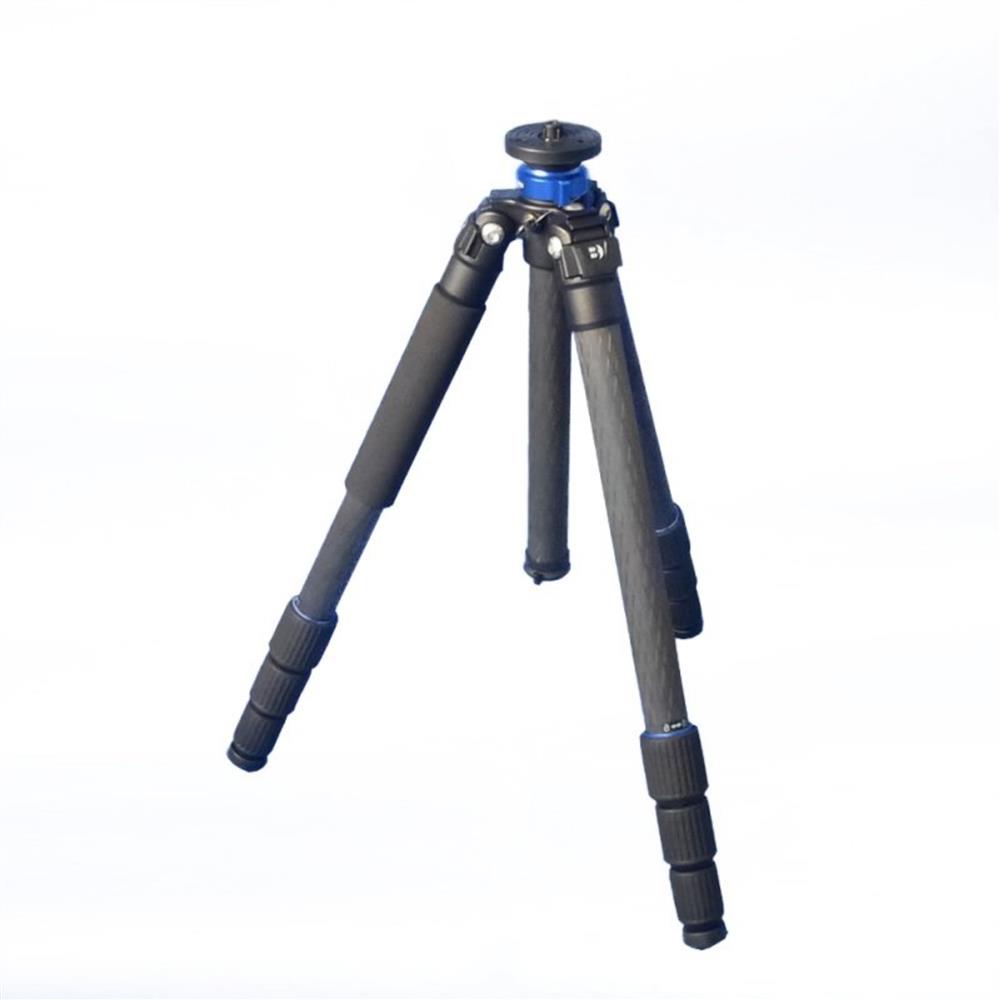 |
Weight and Portability: Trade-Offs You Can’t Ignore
| Lightweight TripodsAluminium and some fibreglass models fall into this category. Lightweight tripods are, as the name suggests, easy to carry; ideal if you're walking long distances or working across multiple setups in a day. The trade-off with lightweight tripods is, of course, that the accuracy can suffer as they are more likely to be affected by wind and vibration. |
| Heavy-Duty TripodsWooden and heavier fibreglass tripods provide better resistance to movement, which is crucial in wind or for prolonged setup. The downside is that you will need to be made of sterner stuff to carry them. As a compromise, you can invest in spiked feet or weight hooks to improve stability in lighter tripods without switching to a heavier model. |
Head Type and Thread Compatibility: Flat vs. Dome
The tripod’s head is the platform on which your surveying equipment rests. It directly impacts how quickly you can set up, how accurately you can level your instrument, and whether your instrument will even fit the tripod.
There are two main types of tripod heads used in surveying: flat heads and dome (or bowl) heads. Depending on your surveying gear, one will probably suit you better than the other.
Flat Head
Flat-headed tripods for surveying equipment are common, and they’re compatible with a wide range of equipment like GNSS receivers, prisms, and laser levels.
They feature a flat mounting surface with a 5/8"-11 threaded stud, the standard thread size for most professional survey instruments.
Flat-headed tripods allow direct mounting of the instrument without additional levelling gear. This means a faster setup, which can be important, especially in fast-paced field environments.
You should choose a flat-head tripod for GNSS setups, rotating laser levels, and general-purpose use where basic manual levelling is sufficient.
Dome (Bowl) Head
Dome heads, also known as bowl heads, are designed to house a tribrach, which allows for fine levelling adjustments. The tribrach mounts onto a 5/8"-11 threaded stud located inside the dome, and your instrument then attaches to the top of the tribrach.
This allows for very precise levelling, which is critical for optical instruments and high-accuracy setups as it offers greater control, particularly when working on uneven terrain.
Dome-headed tripods are the best option for total stations, theodolites, and any equipment with high tilt sensitivity and precision levelling.
Thread Compatibility: Don’t Overlook the 5/8"-11 Fitting
An often-overlooked but critical detail when selecting a tripod is ensuring that it’s thread-compatible with your surveying instruments. The 5/8"-11 UNC thread (Unified National Coarse) is the industry standard for most total stations, theodolites, prisms, and laser levels.
If your tripod doesn’t match your instrument’s thread, you’ll either need an adapter or risk an unstable connection, which can lead to inaccurate data or damage to the expensive surveying equipment.
When choosing a tripod for surveying equipment, ensure that the tripod head features a 5/8"-11 stud or for bowl heads, check that the tribrach you use is also 5/8"-11 threaded. If you are using specialised or hybrid surveying equipment, double-check any alternative thread requirements or adapter compatibility before making a purchase.
Some tripods include interchangeable mounting plates to support both 5/8"-11 and 1/4"-20 threads (which are commonly used in photography), but surveying-grade instruments almost always require 5/8"-11.
Surveying Tripod Frequently Asked Questions
Do surveyors need specialist tripods?
Yes, surveyors use tripods which are specially designed to support equipment like total stations, GNSS receivers, theodolites, and laser levels. These tripods typically feature extendable legs, non-slip feet, and either a flat or dome head for instrument mounting. The choice depends on the instrument’s weight and levelling needs.
Why does a tripod help with surveying accuracy?
A stable tripod ensures your equipment remains completely stationary, which allows for taking precise measurements. Even the slightest movement can affect data quality. Good tripods also offer fine levelling control, minimising human error during setup.
How to use a tripod for surveys?
- Extend the legs evenly and spread them wide for a stable base.
- Place the tripod over the survey point, adjusting leg lengths for approximate level.
- Use the bubble level to fine-tune the head’s position.
- Mount your instrument securely and double-check that it is level before recording any data.
How to level a tripod surveying?
- Use the built-in bubble level on the tripod head.
- Adjust each leg until the bubble is centred.
- Once your surveying equipment is mounted, use the instrument’s levelling screws or tribrach adjustments for fine-tuning.
Extra Features Worth Considering When Buying A Tripod
Some tripods come with added functionality. These typically cost more so think about what would be useful to you in the field.
Such additions may include:
- Quick-release clamps: These can aid faster setup and takedown
- Dual locking mechanisms: For extra leg security on uneven terrain
- Centre hangers or weight hooks: These will add stability in adverse windy conditions
- Weatherproof coatings: You will need a tripod that will not rust or rot for long-term outdoor use.
Recommendations
Choosing the right tripod comes down to understanding your unique requirements. Here's a quick summary:
Requirement | Best Material | Head Type | Portability |
Precision Work | Wood or Fibreglass | Dome | Medium |
Mobile Setup | Aluminum | Flat | High |
Harsh Conditions | Fibreglass | Either | Medium |
Lightweight Gear | Carbon Fibre | Flat | Very High |
A tripod might seem like a simple tool, and ultimately, it is! However, using the right tripod for the environment can enormously impact your surveying precision and efficiency.
By choosing the right material, head type, and weight for your needs, you can ensure that your equipment performs at its best, no matter the terrain, weather, or the project's complexity.
Still unsure about choosing a tripod for your surveying equipment?
Start by evaluating your most-used surveying equipment and most common work environment. Your ideal tripod will usually align with those two factors. Take a look at the tripods available on Sunbelt Sales, or get in touch to speak with an expert.



